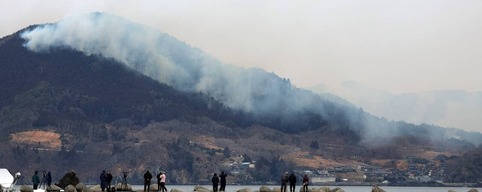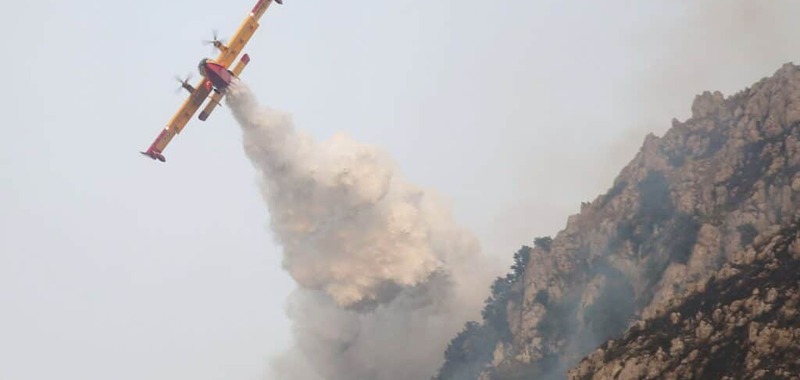

Investments in targeted activities to protect Italian forests and preserve forest heritage can reduce fire damage by 50%. This helps reduce the negative impact on ecosystems and reduces the intensity of the fires themselves. As August is the most difficult month of the year for Italian forests, the importance of taking care of the land becomes more and more apparent. The analysis confirms that forests certified for sustainable management have a 9 times lower risk of being affected by fires compared to non-certified ones.
The study, coordinated by Davide Ascoli from the Department of Agriculture, Forestry and Food Sciences of the University of Turin, found , that between 2007 and 2017, there were 48,953 fires in Italy that destroyed 999,482 hectares of forest. Active land management, including Rural Development Program policies, forestry certification, and biodiversity conservation programs, has contributed to the creation of landscapes that have proved resilient to fires in Italy in recent decades.
From January to July 2024, Italy experienced 615 fires that covered 221 square kilometers. ISPRA estimates show that 40 square kilometers or 18% of the total area of forest has been affected by the fire. Mediterranean shrubs and oak forests (46%), oak forests (33%) and coniferous forests (16%) were the most affected. The most significant fire affected the Bay of San Felice in Vieste, in the Gargano National Park.
When people realize the importance of appropriate behavior, increasing the area of sustainably managed forests becomes critical. What is sustainable forest management? According to the definition adopted in Helsinki in 1993 at the Ministerial Conference on the Protection of Forests in Europe, sustainable forest management (GFS) is the management of forests and forest lands in such a way as to maintain their biodiversity, productivity, regeneration capacity, viability and potential to perform ecological, economic and social functions at different levels without harming other ecosystems.
Antonio Brunori, Secretary General of PEFC Italy, explains that sustainable forest management is achieved when forestry activities combine respect for the environment, economic development and social welfare, involving people and territory. This includes planned thinning to limit combustible materials and clearing understory with control of rainfall on the ground. Again, greater control leads to a lower frequency of fires, as 75% of cases are related to human activity.
Good practices in forest management receive a kind of "stamp" in the form of PEFC certification. Currently, in Italy, 1,012,017.96 hectares of forests are certified for sustainable management. Globally, forests certified for sustainable management occupy 296 million hectares, which is just under 10% of the total forest area. Although this is still small, in recent years some regions have begun to pay more attention to this problem. The PEFC annual report awards the largest regions for certified forest areas: Trentino Alto Adige, Friuli-Venezia Giulia and Piedmont.
Global warming increases the risk of wildfires, as a hot and dry climate increases the flammability of soil. Marco Bussone, president of PEFC Italia, notes that climate change is becoming a more frequent cause of severe and catastrophic fires. It is therefore necessary to take measures to regulate and contain the loss of ecosystem services and forestry.
Italy needs urgent intervention to prevent further deterioration of the situation: of the €100 million allocated by the Fire Decree in September 2021, the Department of Territorial Unity still did not allocate about 40 million. These funds are critical for prevention through investments in activities on the territories and in the forests themselves.
It is also necessary to combat intensive deforestation and support reforestation and ecosystem restoration projects to increase their biodiversity and sustainability. Funding for awareness raising and training, as well as supporting research and innovation to develop new technologies and tools to fight fires are essential. All these actions must be integrated and coordinated at all levels of territorial administration.



